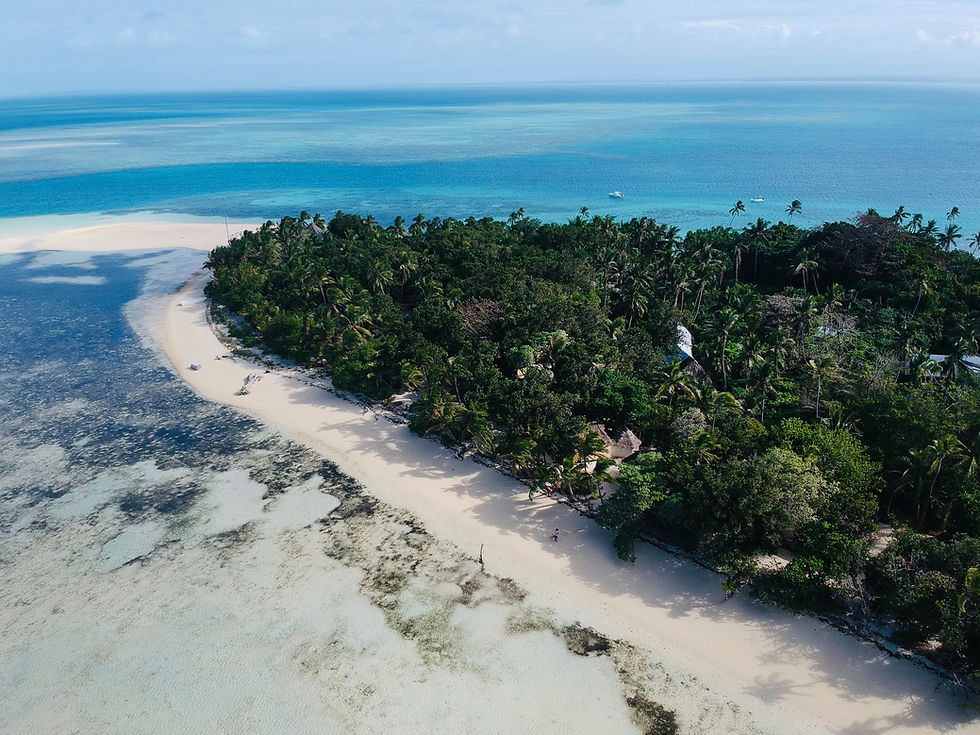
OVERVIEW
In this webinar, we will explore the key features of the Global Seismic Hazard Mosaic and the PAC model, with a special focus on the ocean models in the Southwest Pacific. We’ll present GEM’s approach to building PSHA models that span vast regions, even in data-scarce areas. Additionally, we will highlight seismic hazard trends across the region, including insights for key population centers.
Speakers & Panelists
Session Title

Karim Aljawhari
GEM
Romeu Vicente
University of Aveiro

Jamal Dabbeek
Arab States Regional Coordinator

Kirsty Bayliss
Seismic Hazard Modeller

Anirudh Rao
Seismic Risk Modelling Lead

Marco Baiguera
Exposure Analyst

Cláudia Pinto
City Hall of Lisbon

Finn Løvholt
Norwegian Geotechnical Institute

Vitor Silva
University of Aveiro, GEM

Kendra Johnson
Senior Seismic Hazard Scientist

Dominik Lang
Panel 2: Speaker
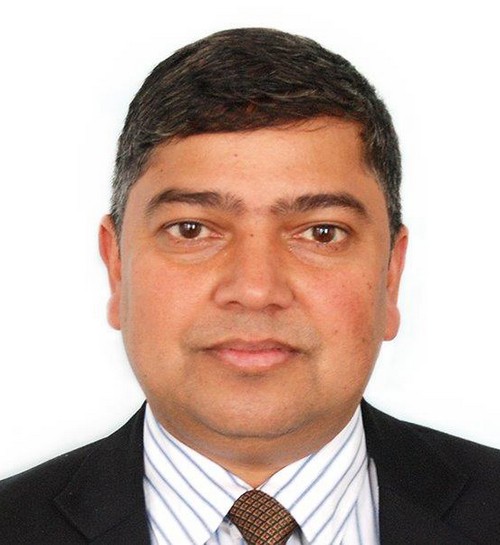
Ramesh Guragain
Panel 2: Speaker

Christina Magill
Panel 1: Speaker
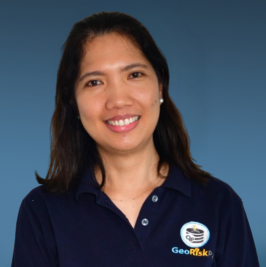
Mabelline Cahulogan
Panel 1: Speaker
John Schneider
Moderator
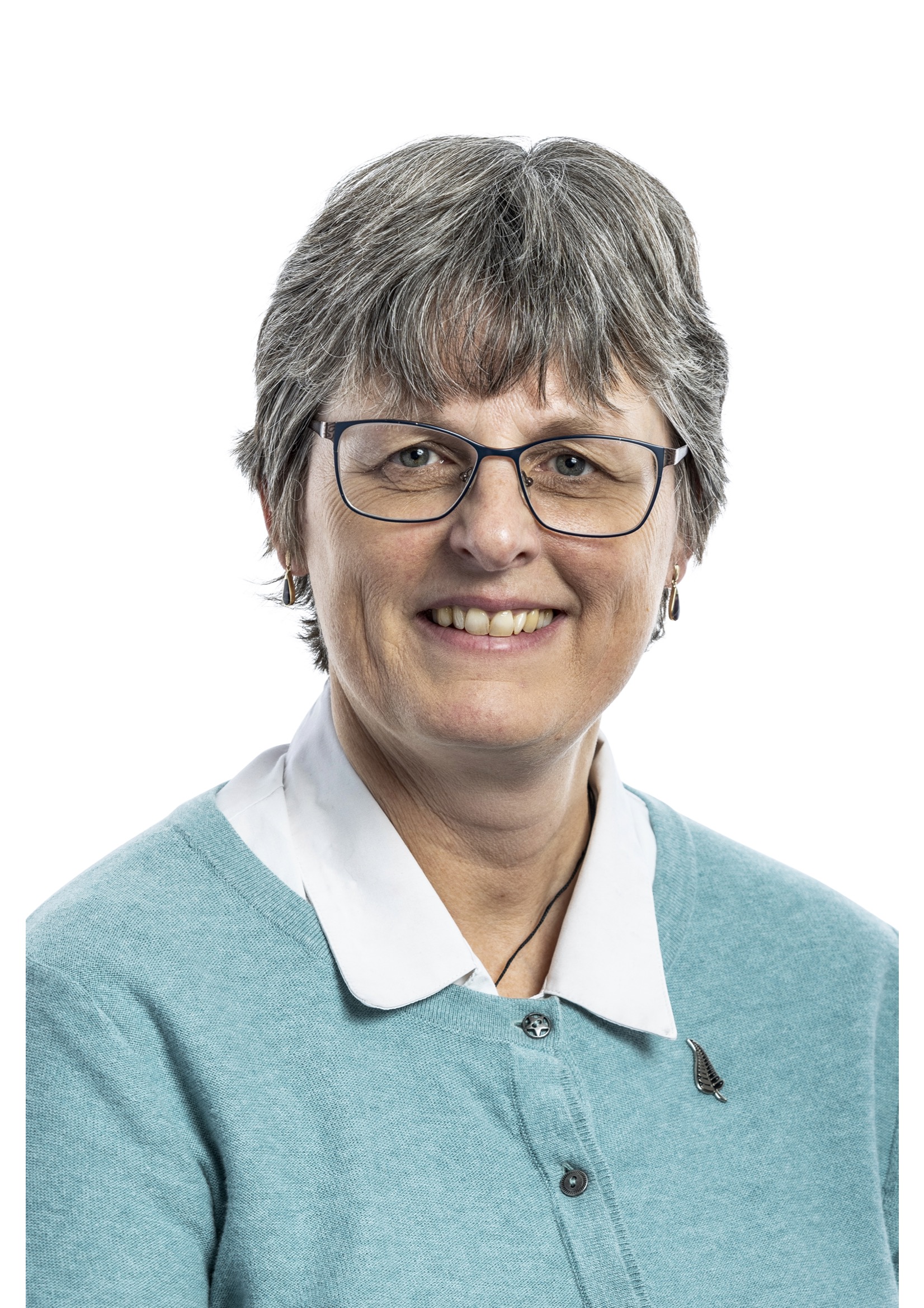
Gill Jolly
Convenor

Anil Pokharel
1C - Panelist
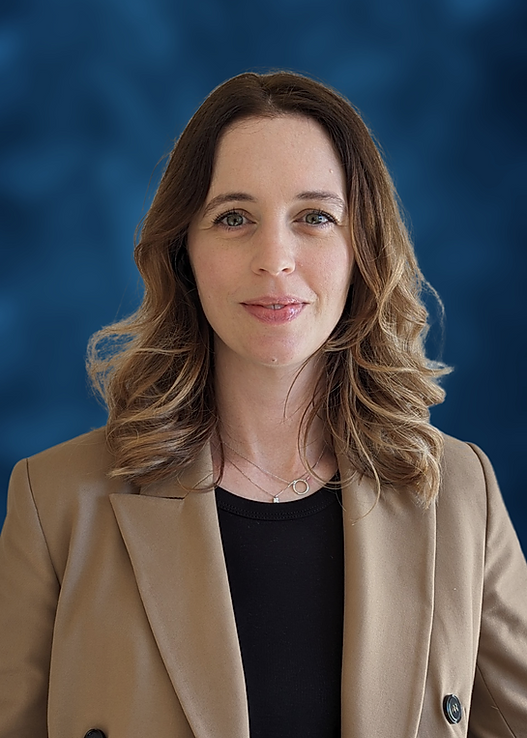
Helen Crowley
1A - Panelist

Takara Kaoru
1B - Speaker

Helen Crowley
Speaker
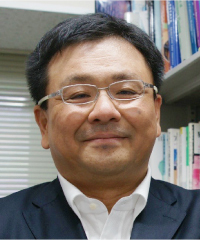
Norio Maki
Speaker
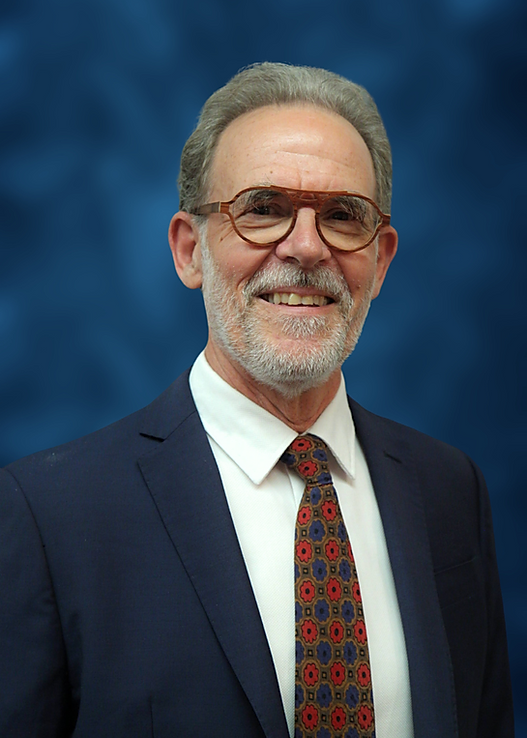
John Schneider
Convenor

M. Edwards
Speaker-x

V. Silva
Convenor

A. Barbosa
Speaker-x
Fatemah Jalayer
University College London

Vitor Silva
University of Aveiro, GEM

Catalina Yepes
Exposure Development Lead

Manuela Villani
Senior Seismic Hazard Modeller

Al Mouayed Bellah Nafeh
Physical Vulnerability Lead
Moderator

Al Mouayed Nafeh
GEM
Stavroula Fotopou
University of Thessaloniki

Anil Pokhrel
Panel 3: Discussant

Shinji Takarada
Panel 2: Speaker
Malaika Ulmi and John Schneider
Moderators
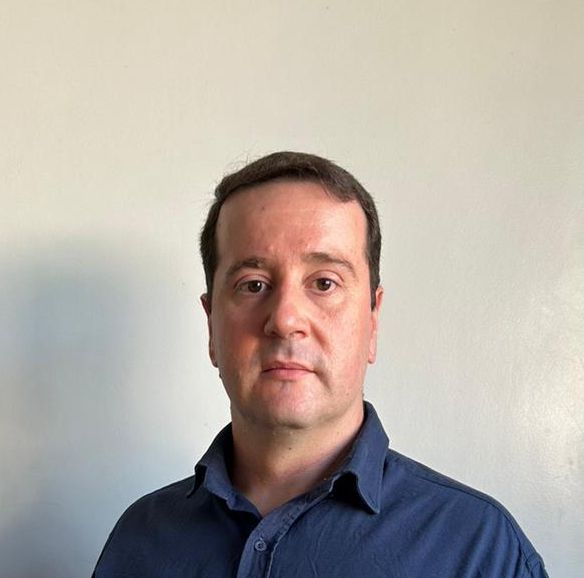
Anselmo Pedrazzi
Panel 1: Speaker
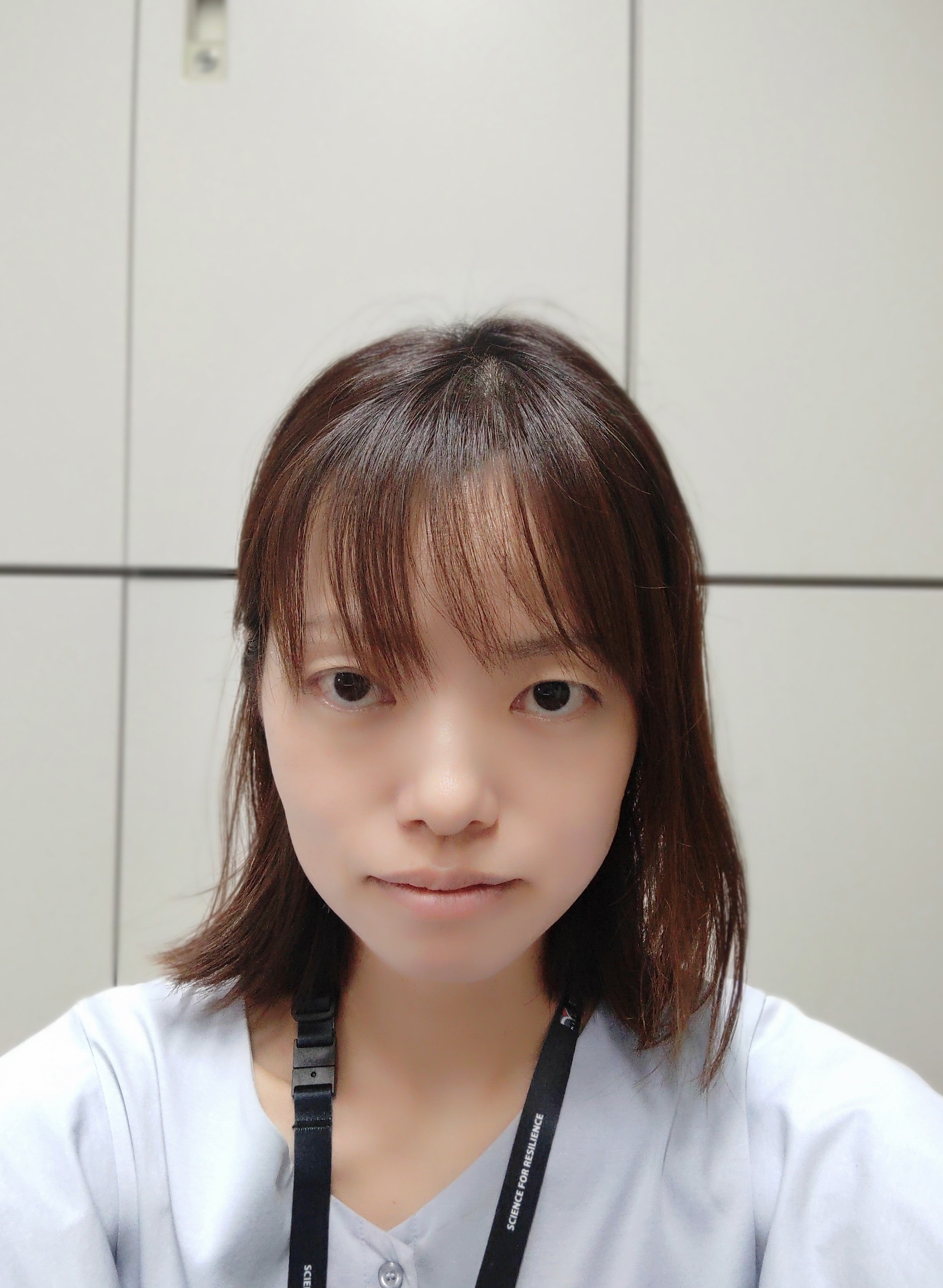
Asaka Iwaki
Panel 1: Speaker
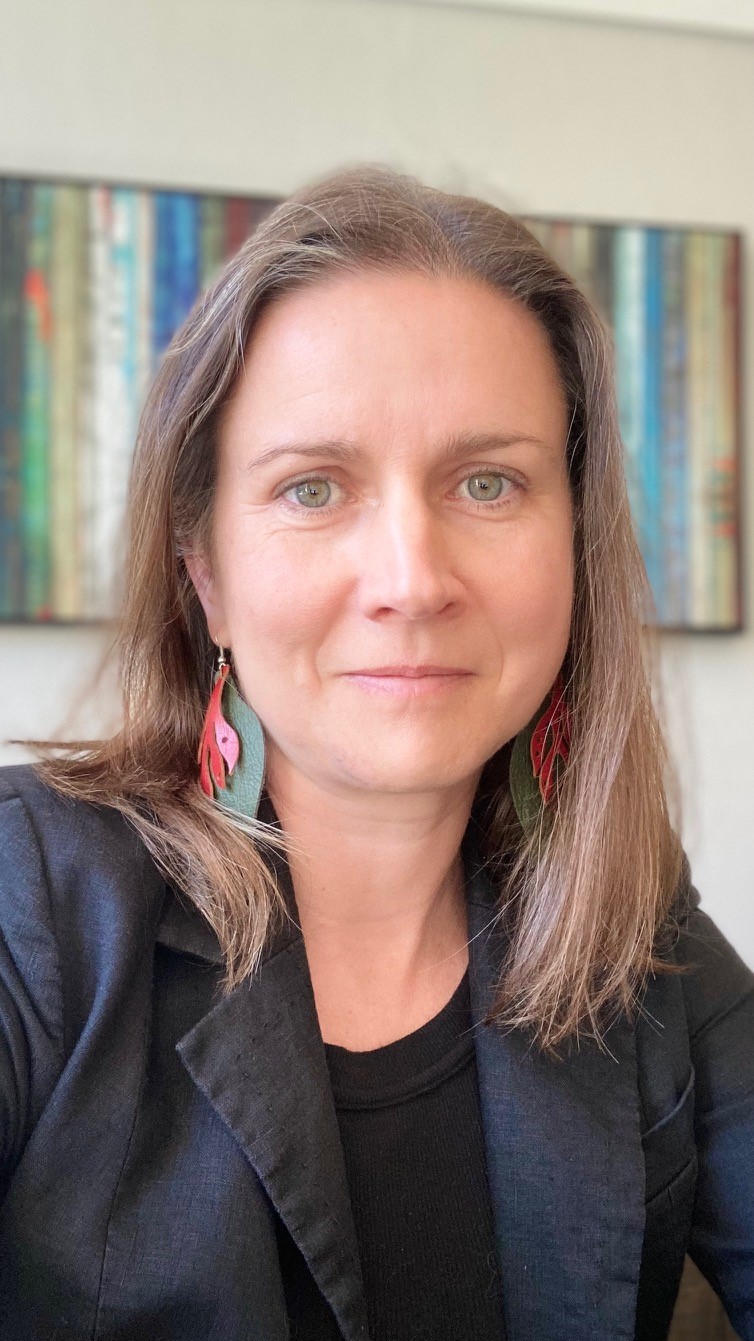
Malaika Ulmi
Panel 2: Speaker

Malaika Ulmi
Convenor

Shunichi Koshimura
1A - Panelist
Maksud Kamal
1B-Speaker (TBC)

Helen Crowley
1B - Speaker

Laurie Johnson
Speaker

Malaika Ulmi
1C - Convenor

John Schneider
1C - Convenor

E. Wandari
Speaker-x

J. Baker
Speaker-x

A. Calderon
Speaker-x
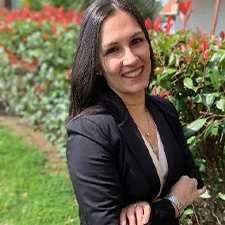
Maria Durante
University of Calabria

Christopher Brooks
GEM

Helen Crowley
Secretary General

Marco Pagani
Head of Seismic Hazards

Martina Caruso
Seismic Risk Modeller

Catarina Costa
GEM

Christopher Brooks
GEM
Fatemah Jalayer
University College London

Nicolas Pondard
Panel 3 Discussant
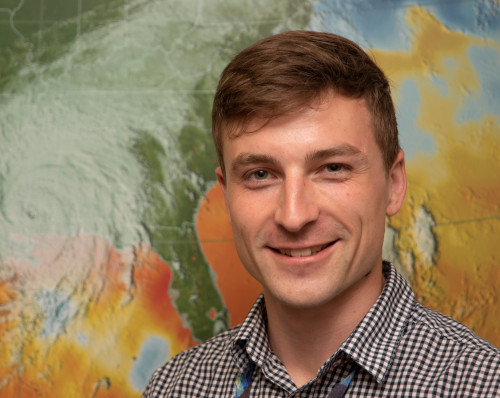
Robert Emberson
Panel 2: Speaker
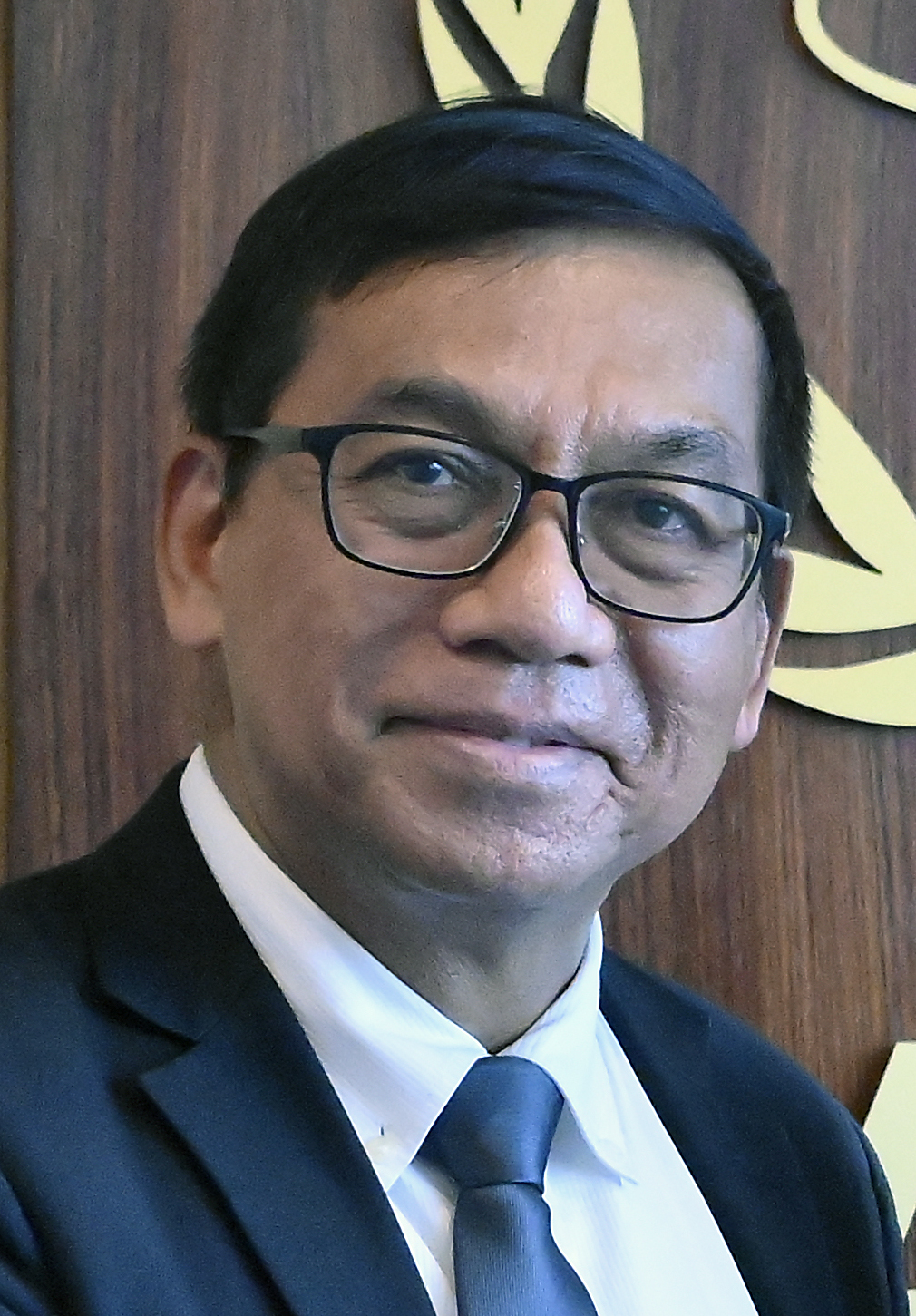
Renato Solidum, Jr.
Panel 3: Discussant
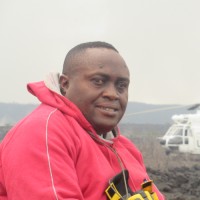
Celestin Mahinda
Panel 1: Speaker
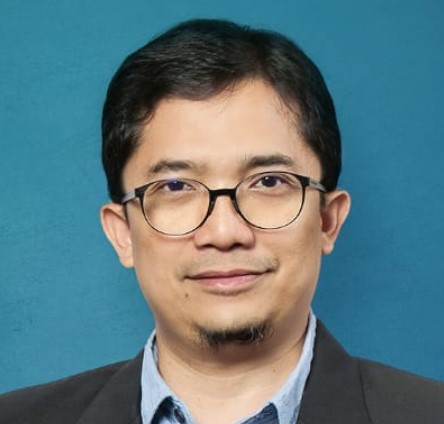
Hendriyawan Djazilus
Panel 1: Speaker

Judith Giblin
Panel 1: Speaker

Nicolas Pondard
1C - Panelist

Shubharoop Ghosh
1A - Panelist

The World Bank
1B - Convenor

Renato Solidum Jr.
1B - Speaker
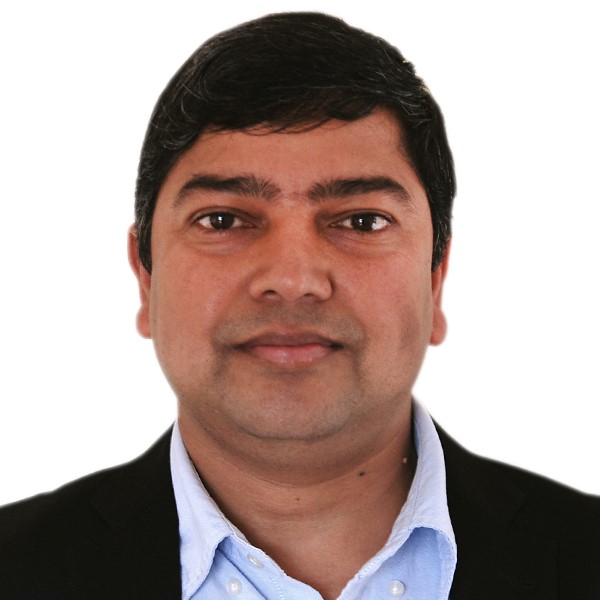
Ramesh Guragain
Speaker
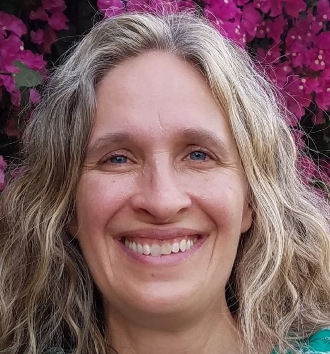
Janise Rodgers
Convenor

J.F. Schneider
Convenor

C. Galasso
Convenor

D. Lallemant
Speaker-x

C. Mesta
Speaker-x

Finn Løvholt
Norwegian Geotechnical Institute

Daniela Di Bucci
Vice-Chair, GEM Governing Board

Christopher Brooks
Seismic Hazard Modeller

Catalina Yepes Estrada
Exposure Development Lead

Alejandro Calderón
Exposure Research Lead
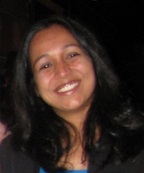
Meera Raghunandan
Indian Institute of Technology

Maria Durante
University of Calabria
Romeu Vicente
University of Aveiro

Kirsty Bayliss
Seismic Hazard Scientist

Helen Crowley
Panel 2: Speaker
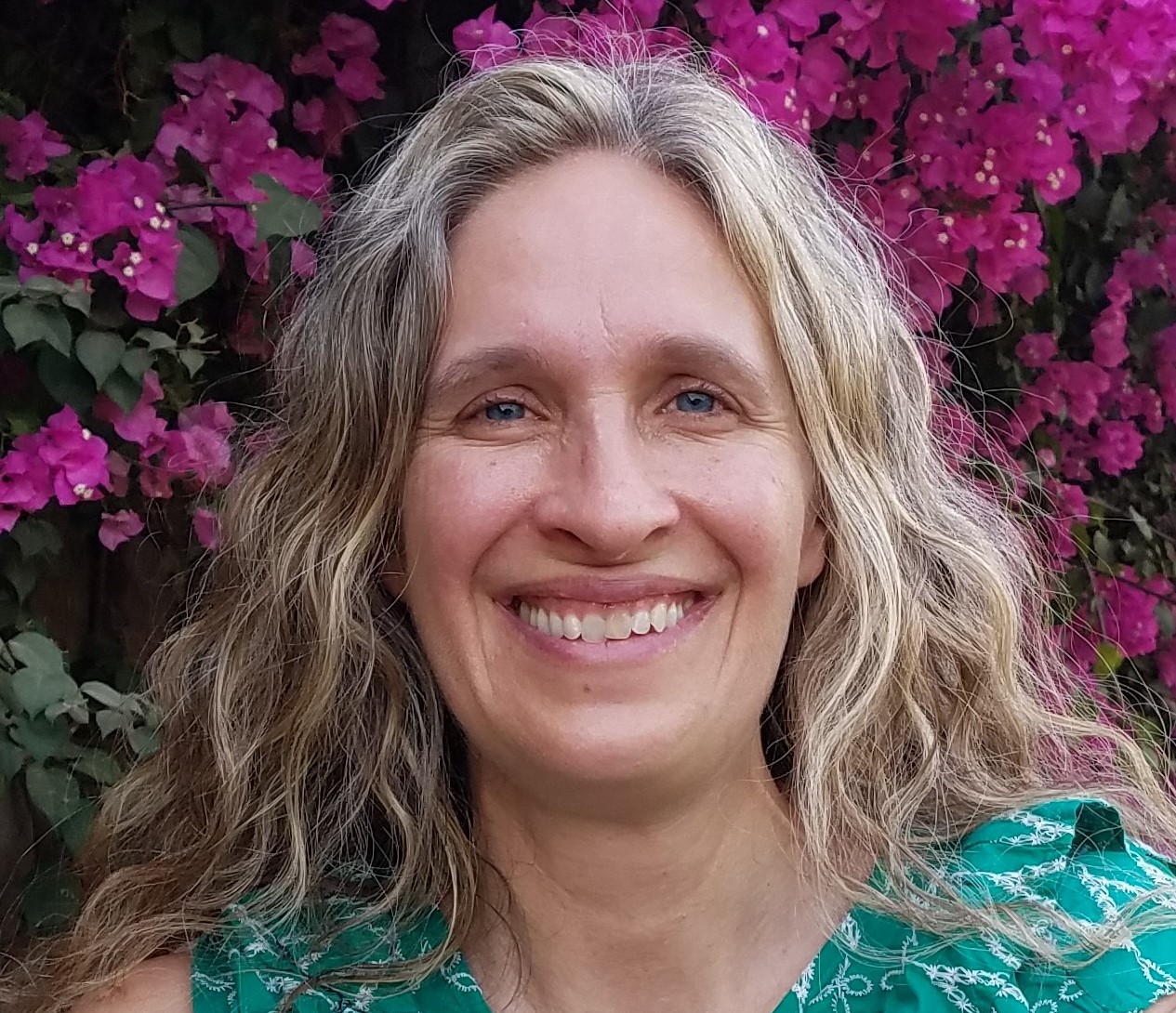
Janise Rodgers
Panel 2: Speaker

Lindsay Davis
Panel 1: Speaker
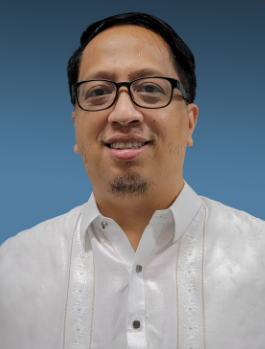
Teresito Bacolcol
Panel 1: Speaker
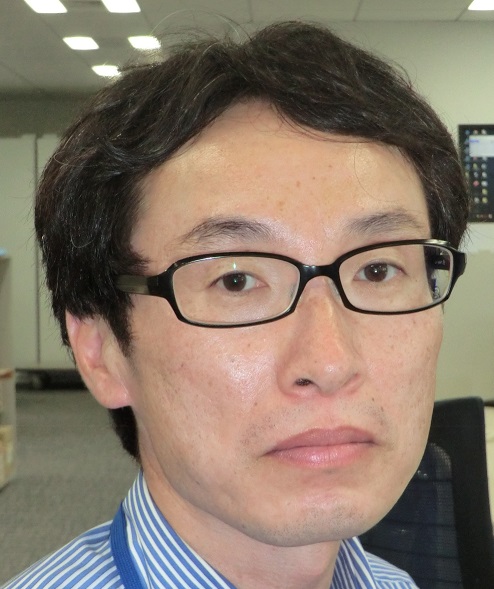
Takeshi Sato
Panel 1: Speaker
John Schneider and Malaika Ulmi
Moderators

Renato Solidum, Jr.
1C- Panelist
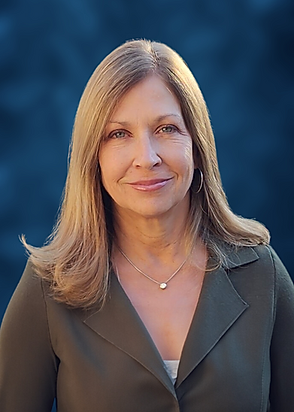
Laurie Johnson
1A - Panelist

Ron Eguchi
1A - Moderator

Humberto Lopez
1B - Moderator

Anne Wein
Speaker
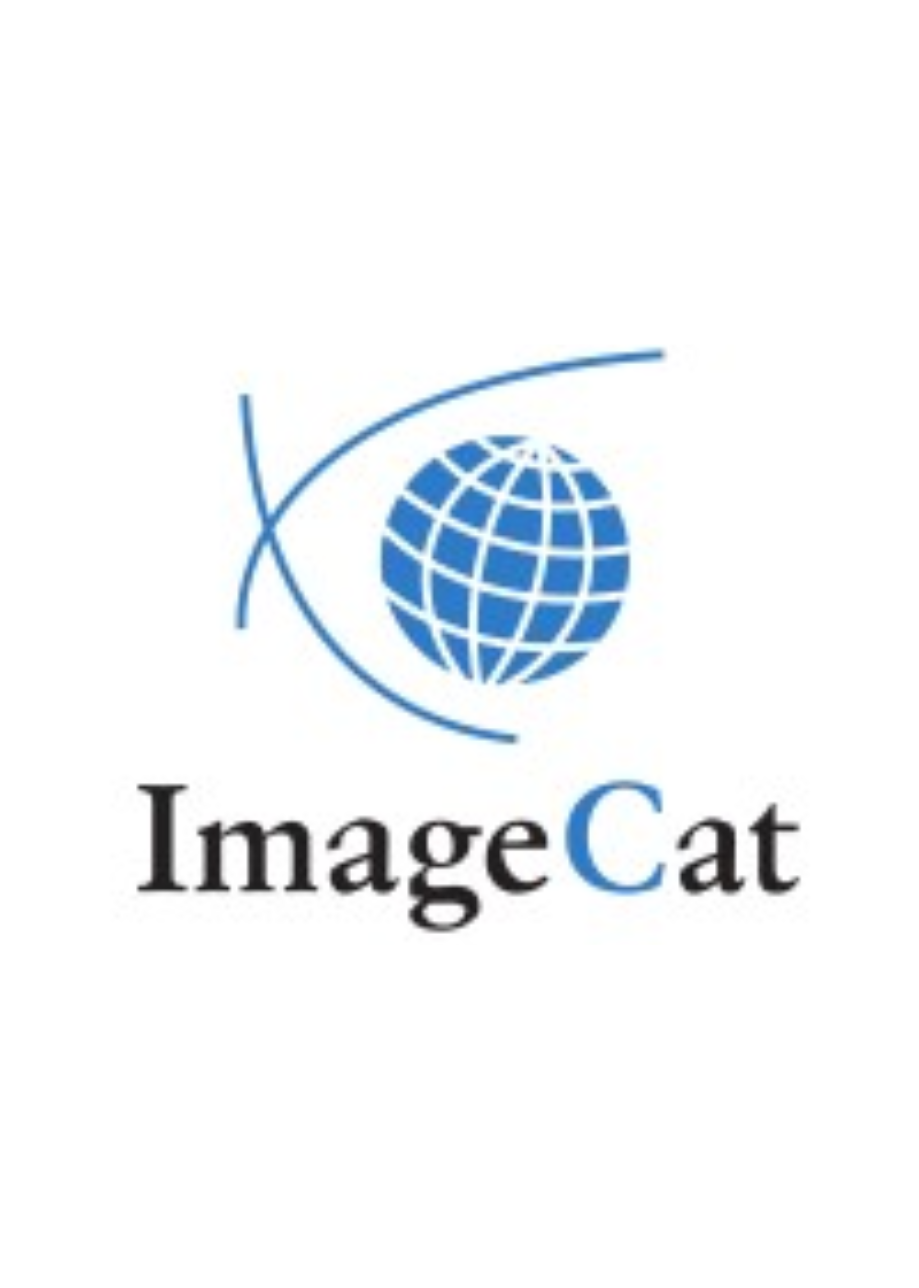
ImageCat, Inc.
1A - Convenor

M.J. Barrera
Speaker-x

G. Cremen
Convenor

S. Loos
Speaker-x

C. Huang
Speaker-x
AGENDA
Session Title
Collapsible text is great for longer section titles and descriptions. It gives people access to all the info they need, while keeping your layout clean. Link your text to anything, or set your text box to expand on click. Write your text here...
Time | Topic | Speaker | Organisation |
|---|---|---|---|
Karim Aljawhari | |||
Fatemah Jalayer | |||
Maria Durante | |||
Finn Løvholt
| |||
Romeu Vicente | |||
Vitor Silva | GEM | ||
Christopher Brooks | |||
Daniela Di Bucci | DPC Italy | ||
Jamal Dabbeek | GEM | ||
Catalina Yepes | GEM | ||
Helen Crowley | GEM | ||
Christopher Brooks | GEM | ||
Kirsty Bayliss | GEM | ||
Manuela Villani | GEM | ||
Marco Pagani | GEM | ||
Catalina Yepes Estrada | GEM | ||
Anirudh Rao | GEM | ||
Al Mouayed Bellah Nafeh | GEM | ||
Martina Caruso | GEM | ||
Alejandro Calderón | GEM | ||
Marco Baiguera | GEM | ||
16:45-17:00 | Q&A | Moderator | GEM |
Catarina Costa | |||
Meera Raghunandan | |||
Cláudia Pinto | |||
Al Mouayed Nafeh | |||
Christopher Brooks | |||
Maria Durante | |||
Finn Løvholt
| |||
Stavroula Fotopou | |||
Fatemah Jalayer | |||
Romeu Vicente | |||
Vitor Silva | GEM | ||
PSHA models for the oceans (Pacific Region) | |||
Development of the Pacific Islands (PAC) Model | |||
16:20-16:45 | Expansion plans under the FORCE project covering small island communities | Kirsty Bayliss | GEM |
16:00-16:20 | Overview of GEM's Global Seismic Hazard Mosaic | Kendra Johnson | GEM |
Anil Pokhrel | Chief Executive, National Disaster Risk Reduction & Management Authority, Nepal | ||
Nicolas Pondard | Senior Disaster Risk Management Specialist, The World Bank | ||
Helen Crowley | Secretary General, GEM | ||
Dominik Lang | Director, Natural Hazards Division, NGI, Norway | ||
Shinji Takarada | Chief Senior Researcher, Geological Survey of Japan | ||
Robert Emberson | Associate Program Manager, NASA Earth Applied Sciences Program | ||
Janise Rodgers | COO, Geohazards International | ||
Ramesh Guragain | Deputy Executive Director, National Society for Earthquake Technology (NSET) Nepal | ||
Discussion: Forming a global geohazards risk assessment network (community of practice) | Malaika Ulmi and John Schneider | GSC and GEM | |
Renato Solidum, Jr. | Secretary, Department of Science & Technology-Philippines | ||
Lindsay Davis | Manager, Global Portfolio-Earthquake Hazard & Risk, USAID/USGS | ||
Christina Magill | Natural Hazard Risk Scientist, GNS Science, NZ | ||
Anselmo Pedrazzi | Executive Coordinator, Applied Geology Division, (LAMESO-SGB), Brazil | ||
Celestin Mahinda | Scientific Director, Research Center of Natural Sciences, Democratic Republic of Congo | ||
Teresito Bacolcol | Director, Phivolcs, Philippines | ||
Mabelline Cahulogan | Supervising Science Research Specialist, -Phivolcs, Philippines | ||
Asaka Iwaki | Chief Researcher, National Research Institute for Earth Science and Disaster Resilience (NIED), Japan | ||
Hendriyawan Djazilus | Head, Ocean Engineering Program, ITB-Indonesia | ||
Takeshi Sato | Senior Engineer, Earthquake and Tsunami Div, Japan Meteorological Agency | ||
Panel 2: Existing Global Networks | John Schneider | Senior Advisor, GEM | |
Malaika Ulmi | Nat. Hazards & Climate Change Geoscience Program Manager, Geo Survey of Canada | ||
Judith Giblin | Ocean & Coastal Risk Data Analyst, South Pacific (SPC) | ||
Panel 1: Assessing National Capability | John Schneider and Malaika Ulmi | GEM and GSC | |
Gill Jolly | Chief Science Advisor, MBIE, GNS Science, NZ | ||
Malaika Ulmi | Nat. Hazards & Climate Change Geoscience Program Manager, Geo Survey of Canada | ||
Nicolas Pondard | Senior Disaster Risk Management Specialist, The World Bank | ||
Renato Solidum, Jr. | Secretary, Department of Science & Technology-Philippines | ||
Anil Pokharel | Chief Executive, National Disaster Risk Reduction & Management Authority (NSET), Nepal | ||
Shunichi Koshimura | Deputy Director, IRIDes-Tohoku University | ||
Shubharoop Ghosh | Vice President, ImageCat, Inc. | ||
Laurie Johnson | CEO, Laurie Johnson Consulting | ||
Helen Crowley | Secretary General, GEM | ||
Maksud Kamal | Vice Chancellor, Dhaka University | ||
18 June
10:30 - 12:30 (Plenary) | Plenary: Richter Resilience: Advancing Seismic Protection Worldwide | The World Bank | ----- |
Ron Eguchi | CEO, ImageCat, Inc. | ||
Takara Kaoru | President, NIED Japan | ||
Helen Crowley | Secretary General, GEM | ||
Renato Solidum Jr. | Secretary, Department of Science and Technology Philippines-PH | ||
Humberto Lopez | Director, World Bank Country Turkyie | ||
Helen Crowley | Secretary General, GEM | ||
Laurie Johnson | CEO, Laurie Johnson Consulting | ||
Ramesh Guragain | Deputy Executive Director, National Society for Earthquake Technology-Nepal (NSET) | ||
Anne Wein | Principal investigator, U.S. Geological Survey | ||
Norio Maki | Professor, Kyoto University | ||
Malaika Ulmi | Nat. Hazards & Climate Change Geoscience Program Manager, Geo Survey of Canada | ||
19 June
09:30 - 10:30
Room 409 | Can ‘Seeing’ the Future Help us Change it? A Discussion on Future Directions for Disaster Scenarios | Janise Rodgers | COO, GeoHazards International |
18 June
09:30 - 10:30
Medium Hall | Symphony of Tradition and Innovation: Orchestrating Global Resilience in Diverse Communities | ImageCat, Inc. | ----- |
20 June
14:00 - 18:00
Room 409 | What About Geohazards? Building a Global Community for Hazard and Risk Assessment | John Schneider | Senior Advisor, GEM |
18 June
12:30 - 13:30
Room 409 | What About Geohazards? The State of Practice in Risk Assessment and Needs for Improvement at National to Sub-National Level | John Schneider | Senior Advisor, GEM |
1 July, Monday 14:30-15:45 (Stage presentations, Suite 9) | Managing earthquake risk through multi-lateral partnerships | J.F. Schneider | GEM |
M.J. Barrera | Suramericana S.A Colombia | ||
M. Edwards | Geoscience Australia | ||
E. Wandari | Arup, Jakarta | ||
14:30-16:00 | Forward-looking earthquake risk modelling and quantification: recent advances and perspectives | C. Galasso | University College London |
G. Cremen | University College London | ||
V. Silva | GEM | ||
J. Baker | Stanford University | ||
D. Lallemant | Nanyang Technological University | ||
S. Loos | University of Michigan | ||
A. Barbosa | Oregon State University | ||
A. Calderon | GEM | ||
C. Mesta | Scuola Universitaria Superiore IUSS | ||
C. Huang | NORSAR | ||
R. Guragain | NSET Nepal | ||
M. Polese | Università degli Studi di Napoli Federico II | ||
14:30-16:00 | Macroseismology: current studies and future directions | D. Wald | USGS |
J. Schwarz | Weimar University | ||
V. Silva | GEM | ||
P. Sbarra | INGV | ||
A. Hortascu | Applied Technology Council USA | ||
T. Goded | GNS Science | ||
G. Grunthal | GFZ Potsdam | ||
R. Spence | Cambridge Architectural Research UK | ||
2 July, Tuesday 10:30-11:45 (Stage presentations - Amber 5) and 14:30-15:45 (Monitor presentations - Virtual Walkway) | National seismic risk modelling efforts: challenges, achievements and future goals | V. Silva | University of Aveiro/GEM |
H. Crowley | GEM | ||
A.B. Acevedo | EAFIT University Colombia | ||
T. Hobbs | Natural Resources Canada | ||
K. Jaiswal | USGS | ||
C. Arteta | Universidad del Norte, Barranquilla Colombia | ||
A. Papadopoulos | Swiss Federal Institute of Technology | ||
K. Pitilakis | University of Thessaloniki Greece | ||
2 July, Tuesday 09:00-10:15 (Monitor presentations - Virtual Walkway) | G. Trendafiloski | Impact Forecasting | |
M. Kolaj | Natural Resources Canada | ||
C.-H. Chan | E-DREaM Center Taiwan | ||
M. Irsyam | Bandung Institute of Technology Indonesia | ||
H. Fujiwara | NIED Japan | ||
T. Allen | Geoscience Australia | ||
E.H. Field | USGS | ||
N. Abrahamson | UC Berkeley | ||
3 July, Wednesday 09:00-10:15 (Monitor presentations - Virtual Walkway) | Matt C. Gerstenberger | Seismologist, GNS Science NZ | |
2 July, Tuesday 09:00-10:15 (Stage presentations, Amber 5) and 10:30-11:45 (Monitor presentations - Virtual Walkway) and 14:30-15:45 (Stage presentations, Amber 5) | Mark D. Petersen | Supervisory Research Geophysicist, USGS | |
Anirudh Rao | GEM | ||
13:30-15:00 | Earthquake Loss Modelling for Disaster Risk Management: Linking Field Missions to Probabilistic Risk | Vitor Silva | GEM |
1 July, Monday 10:30-11:45 (Stage presentations, Amber 5) and 14:30-15:45 (Monitor presentations - Virtual Walkway) | Advances in seismic hazard analysis | Marco Pagani | Head of Seismic Hazards, GEM |
17:05 - 17:15 | ATLAS overview | Andres Abarca | GEM |
17:15 - 17:25 | Underlying hazard science | Marco Pagani | GEM |
17:25 - 17:35 | Underlying software | Paul Henshaw | GEM |
17:35 - 17:45 | User testimonial | Stevan Gavrilovic | Arup |
17:45 - 18:00 | Access and Q&A | Andres Abarca | GEM |
17:00 - 17:05 | Welcome & Introduction | Helen Crowley | GEM |
10:15-10:25 | Overview of GEM's 2023 product release | Helen Crowley | GEM |
11:05-11:20 | Walkthrough of access to GEM's 2023 products | Andres Abarca | GEM |
10:25-10:45 | GEM's global seismic hazard mosaic and future developments | Marco Pagani | GEM |
10:45-11:05 | GEM's global seismic risk mosaic and future developments | Vitor Silva | GEM |
11:20-11:55 | Q&A and Discussion | John Schneider | GEM |
11:55-12:00 | Closing Remarks | Helen Crowley | GEM |
10:05-10:15 | International Day for DRR and GEM's global hazard and risk maps | John Schneider | GEM |
10:00-10:05 | Welcome | Helen Crowley | GEM |
15:50-16:30 | Update of the Global Hazard Model | Marco Pagani | GEM |
Session 2: How has it been used? (June 14th, morning) | |||
10:55-11:10 | Application to insurance/financial risk modelling | Crescenzo Petrone | Gallagher Re, |
14:00-14:05 | Introduction: Session 3 | Lindsay Davis | USGS/USAID, |
15:40-16:10 | Keynote Lecture: International Macroseismic Scale | David Wald | United States Geological Survey (USGS) |
17:10-17:30 | Launch of the Earthquake Scenarios Database | Catalina Yepes | GEM |
10:25-10:55 | Coffee break | ||
16:30-17:10 | Update of the Global Risk Model | Vitor Silva | GEM |
11:40-12:20 | Discussion Panel 2: Using GEM products to make a difference | Panel 2 Moderator:
Laurie Johnson (Laurie Johnson Consulting)
Panelists: Alanna Simpson, Tiegan Hobbs, Miguel Mora, Tso-Chien Pan, Crescenzo Petrone, Angelica Zanichelli, Paola Traversa | |
18:00-19:30 | Aperitivo | ||
14:35-14:50 | Triggered or secondary effects: Landslide | Farrokh Nadim | NGI � Norwegian Geotechnical Institute |
11:10-11:25 | Mitigating Risks in Georgia's Emergency Facilities: Arup and GEM's Collaborative Risk Assessment | Angelica Zanichelli | Arup |
15:00-15:10 | Flash introductions of poster and demo session | Posters and demos presenters | |
09:55-10:10 | Colombia Earthquake Hazard model + Cali | Miguel Mora | I+R Consultores en Ingenier�a y Riesgos |
10:10-10:25 | Urban Seismic Risk Assessment | Tso-Chien Pan | Institute of Catastrophe Risk Management-NTU |
9:00-9:10 | Introduction: Session 2 | Joerg Steffensen | Hannover Re |
13:15-13:20 | Introduction to the presentations | Iain Stewart | Royal Scientific Society, Jordan |
13:50-14:20 | DASK National Insurance perspective of Turkey EQ | Ahmet Bu?ra Ceyhan | DASK |
12:20-14:00 | Lunch break - Posters and Demonstrations | ||
9:40-09:55 | Canadian Earthquake Risk Model | Tiegan Hobbs | Natural Resources Canada (NRCan) |
14:50-15:10 | Incorporation of NASA products in global hazard and risk assessment | Shanna McClain | NASA |
16:40-16:55 | Future Exposure and Risk to natural hazards | Alejandro Calderon | GEM |
9:10-09:40 | Keynote Lecture: Landscape of DRR initiatives - past, present and future | Alanna Simpson | World Bank Group |
13:10-13:15 | Opening Address (video message) | Mami Mizutori | United Nations Office for Disaster Risk Reduction |
15:10-15:40 | Coffee break | ||
15:40-15:50 | Session 1: What has been developed? | Sonia Talwar | NRCan |
14:20-14:35 | Triggered or secondary effects: Liquefaction | Ellen Rathje | University of Texas at Austin, Geotechnical Engineering |
16:25-16:40 | Using GEM products to support rapid loss assessment | Alberto Michelini | Istituto Nazionale di Geofisica e Vulcanologia (INGV) ARISTOTLE |
16:55-17:25 | Closing Discussion Panel: The role of GEM to 2030 | Closing Panel Moderator:
John Schneider (GEM)
Panelists:: Laurie Johnson, Sibylle Steimen, Kishor Jaiswal, Jenty Kirsch-Wood, Matthias Schmid, Sangeeta Singh | |
16:10-16:25 | Systemic or cascading infrastructure risk | Astha Poudel | Aristotle
University of Thessaloniki |
14:20-15:00 | Intro Discussion Panel: Lessons learned regarding post-earthquake impact assessment | Intro Panel Moderator:
Michael Ewald (SwissRe)
Panelists: Nilesh Shome, Jay Guin, Mustafa Erdik,
Sinan Akkar,
Jaime Abad
Perez | |
17:30-18:00 | Discussion Panel 1: Development and use of the Global earthquake models | Panel 1 Moderator:
Helen Crowley (Eucentre)
Panelists: Vitor Silva, Marco Pagani, Chung-Han Chan, Paul Della Marta,
Daniela
Di Bucci | |
Session 3: Where are we going? (June 14th, afternoon) | |||
13:20-13:50 | Lessons learned from the 2023 Kahramanmara?, T�rkiye earthquakes: Modeling aspects of insured portfolio losses | Sinan Akkar | Turk Reinsurance Inc.,
Principal Catastrophe Modeler (keynote speaker) |
15:10-15:40 | Coffee break - Posters and demonstrations | ||
14:05-14:20 | Triggered or secondary effects: Tsunami | Stefano Lorito | Istituto Nazionale di Geofisica e Vulcanologia (INGV) |
13:00-13:10 | Introductory remarks | John Schneider | GEM |
17:25-17:30 | Final Wrap/Closing | Jorg Steffensen | Hannover Re |
11:25-11:40 | Site-specific seismic hazard assessment for nuclear and hydropower facilities in France | Paola Traversa | Electricit�
de France (EdF) |
EXHIBITION
LOCATION
HOTEL
TRANSPORTATION
RESOURCES
Conference resources for downloading





























